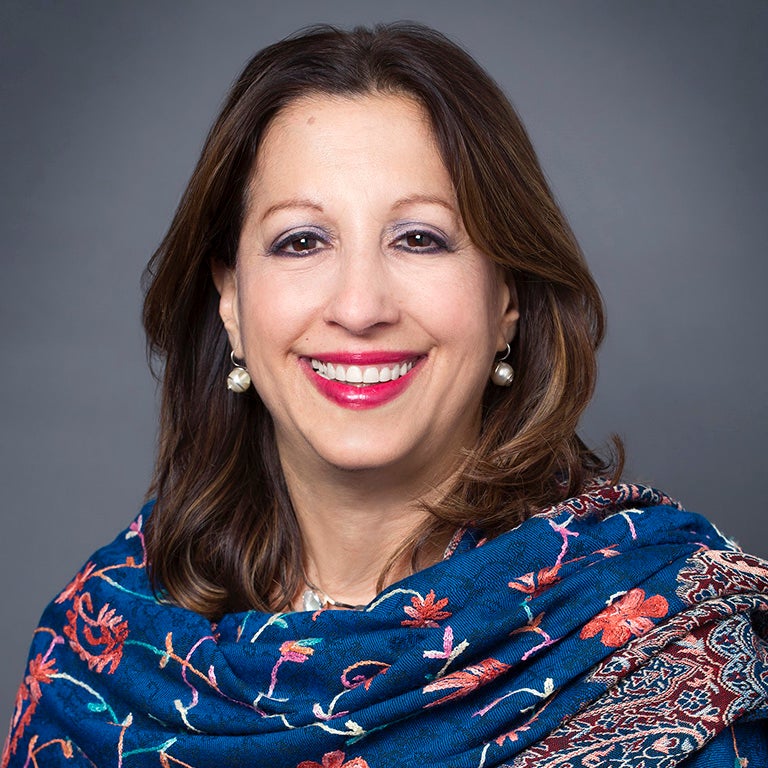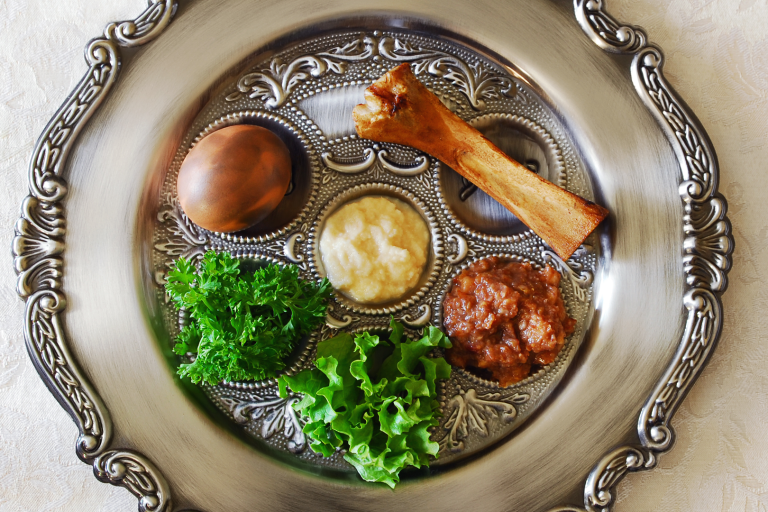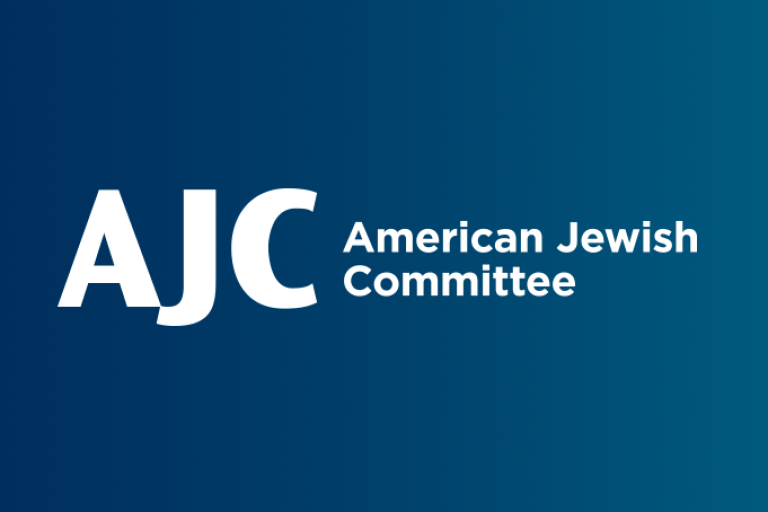November 15, 2017 — Philadelphia, Pennsylvania
In 1987, with only three years of experience at the Jewish Federation of Greater Philadelphia, I was selected to work on a special project with few details.
While the particulars were still being finalized on a national level, locally the work needed to begin immediately, because our oppressed Jewish brethren in the Soviet Union were counting on us American Jews to appear en masse and make a collective statement in Washington, D.C., that Dec. 6.
A national rally was planned to coincide with a visit by Soviet President Mikhail Gorbachev to meet with President Ronald Reagan at the White House. Opportunity was ripe, and we, the American Jewish community, were going to be in the nation’s capital to raise our voices and demand that Soviet Jews finally be allowed to leave for freedom.
We began spreading the word throughout Philadelphia and the region, recruiting, calling to reserve buses and explaining the importance of committing to go to Washington to stand for Soviet Jewry along with an early estimate of 150,000 people from across the United States.
The Philadelphia community mobilized, with staff support from the Jewish Federation, for the march on Washington that would be called Freedom Sunday. David Harris, CEO of the American Jewish Committee — where I work now — was, at the time, director of AJC’s Washington office and assigned to coordinate the march.
While we did not know how many people would clear their calendars and take a three-hour bus ride, we diligently recruited. In the end, the turnout was amazing and beyond anyone’s expectations. More than 250,000 people were at the rally. At least 12,000 people from the Philadelphia region came on 140 buses, private cars and Amtrak, and even by corporate plane and helicopter.
This demonstration in support of Soviet Jewry also attracted thousands of non-Jewish people from the Greater Philadelphia area who cared about human rights. It was the largest rally ever on behalf of a Jewish cause sponsored by American Jews. The cause was supported as a bipartisan endeavor and included all streams of Judaism, many interfaith and intergroup partners and people of all ages from all corners of the country.
As I dressed for the day in Washington, I put on my jacket the buttons I had collected over the years for the Soviet Jewry struggle. Youth groups had made the issue a signature program, and colleges had initiatives to call attention to the cause and highlight those refuseniks who lived in a perpetual state of protest. For me, it also was personal. My cousins in the Soviet Union wanted to leave, too.
In 1980, I was hired by HIAS to work in a Russian resettlement. It was then that I met fellow Jews who took enormous risks to get to the United States. They were seeking freedom and a better life. This chapter of Jewish history was championed by college students and housewives for years as a grassroots movement and impacted the course of human history.
That is why it is so important on this upcoming anniversary that we tell the story of the movement and use it to inspire the next generations of advocates.
Standing on the National Mall in Washington, we stood in solidarity with our brothers and sisters who were languishing in the Soviet Union. Today, 30 years after Freedom Sunday, we look back and know that the fundamental American belief in human rights and the value of dignity for all people to worship freely, coupled with bipartisan leadership, was a cause and struggle that changed the world as the flood gates opened for Soviet Jews.
A victory for freedom! For those who were there, and felt the power of speaking out, we continue to speak out for those who are voiceless and those whose human rights are in jeopardy of being stripped away.
Marcia Bronstein is the regional director of the American Jewish Committee.



